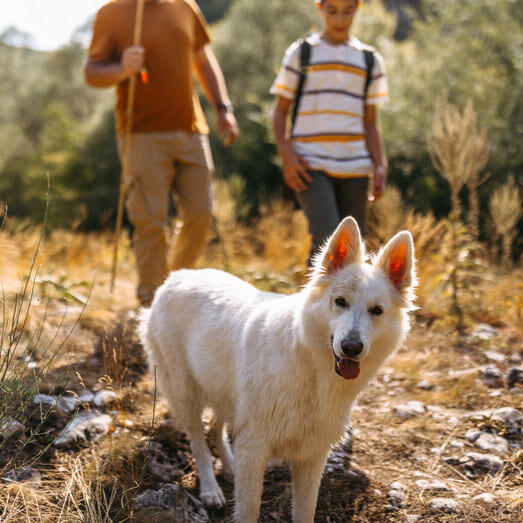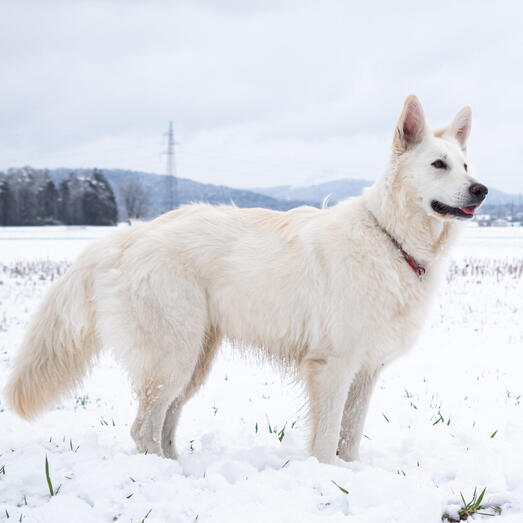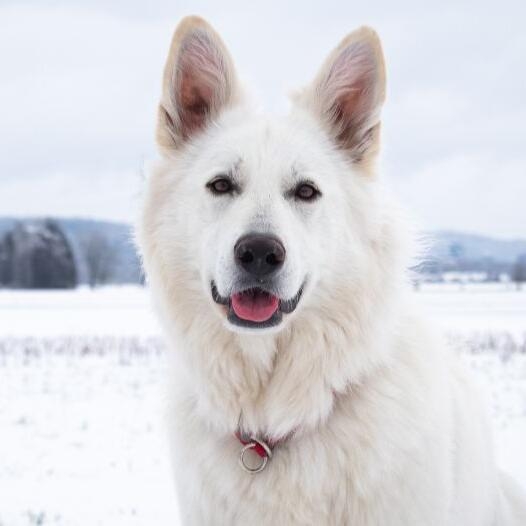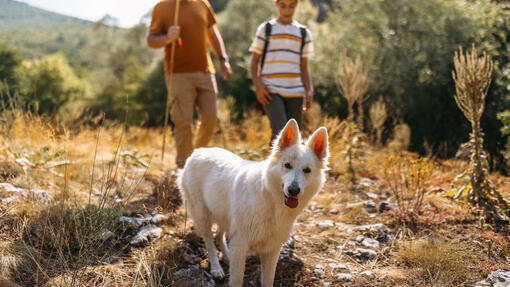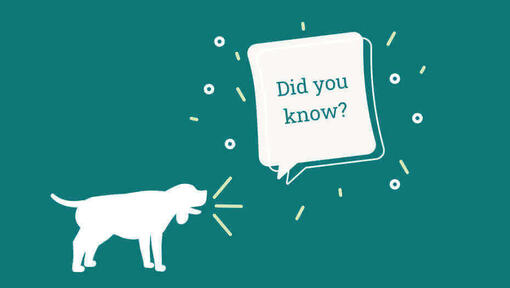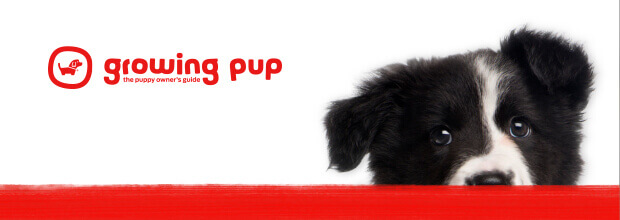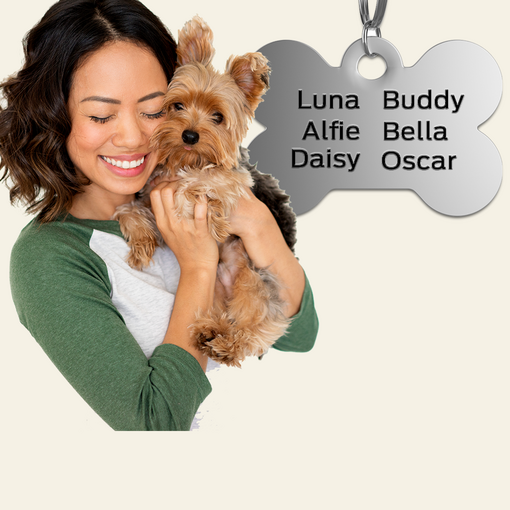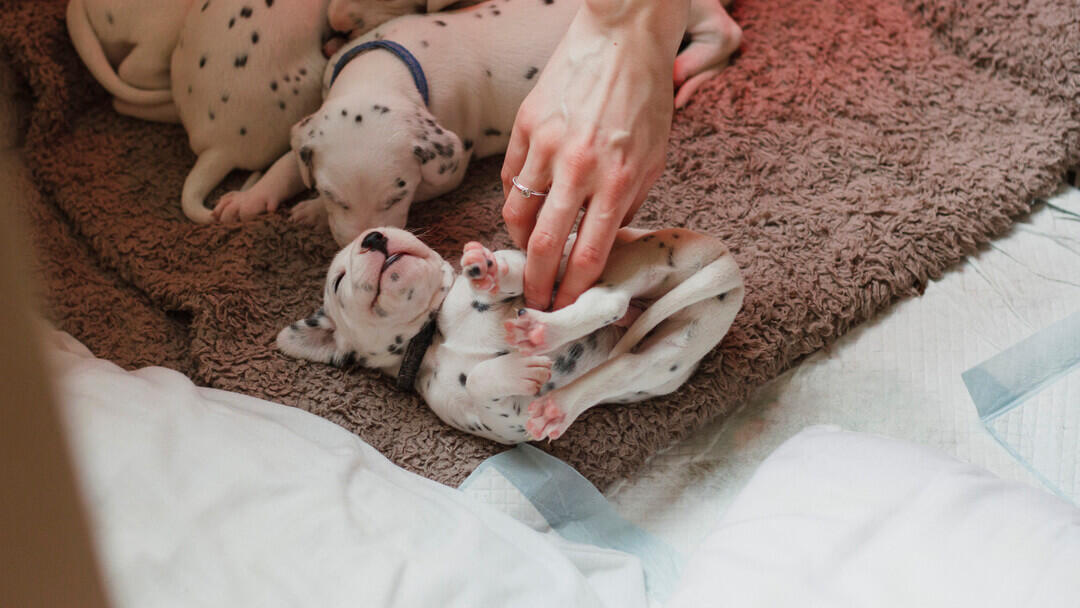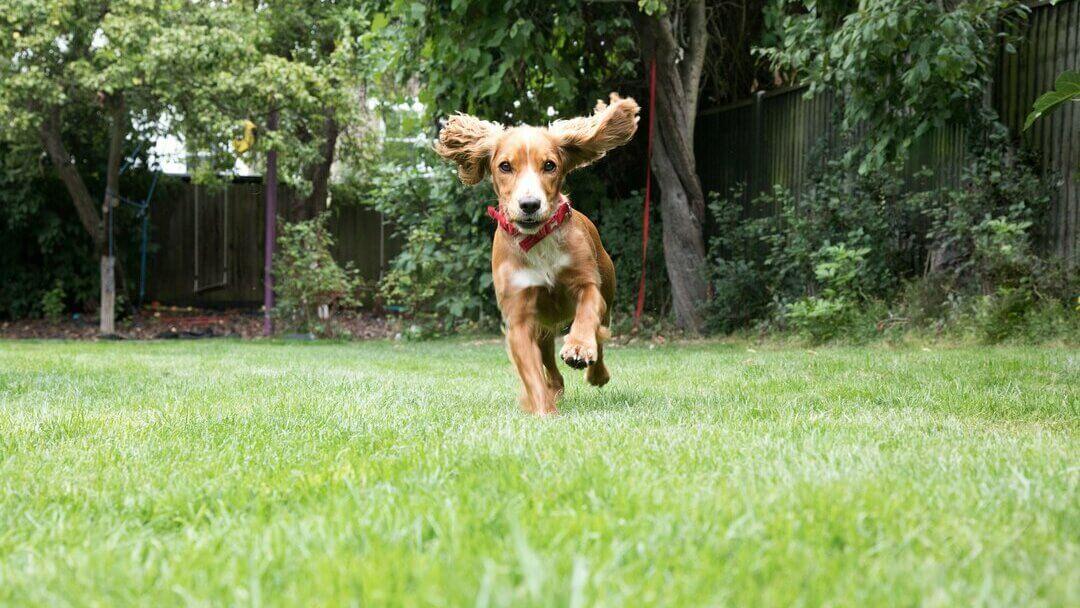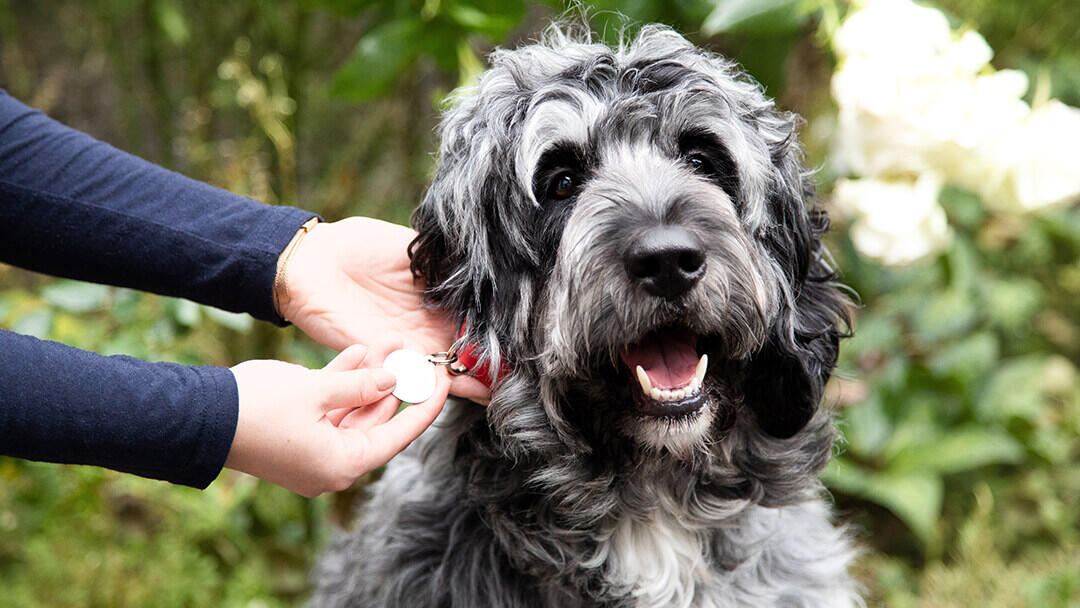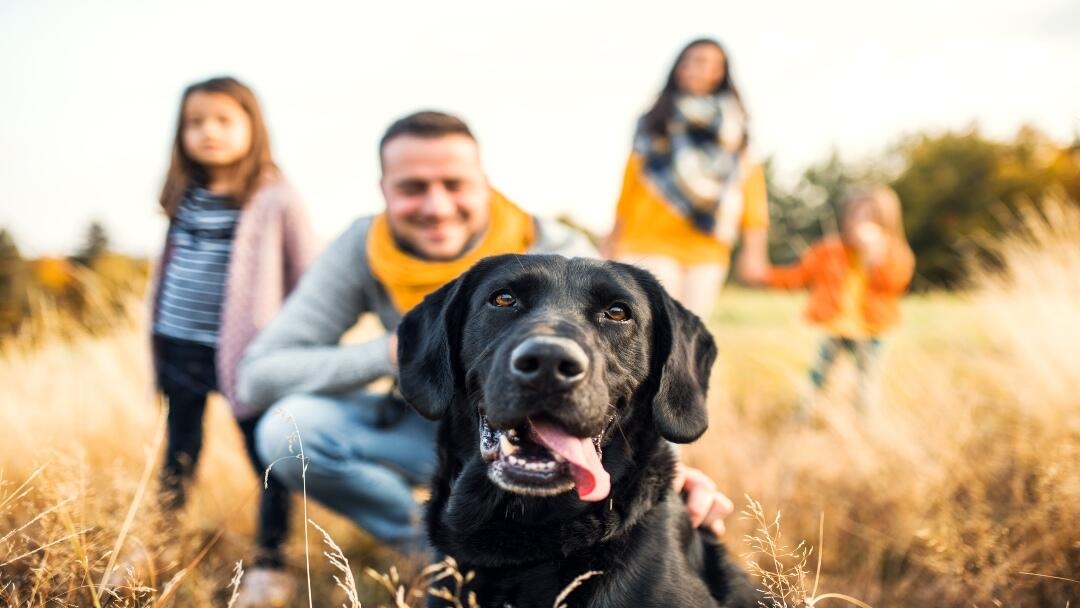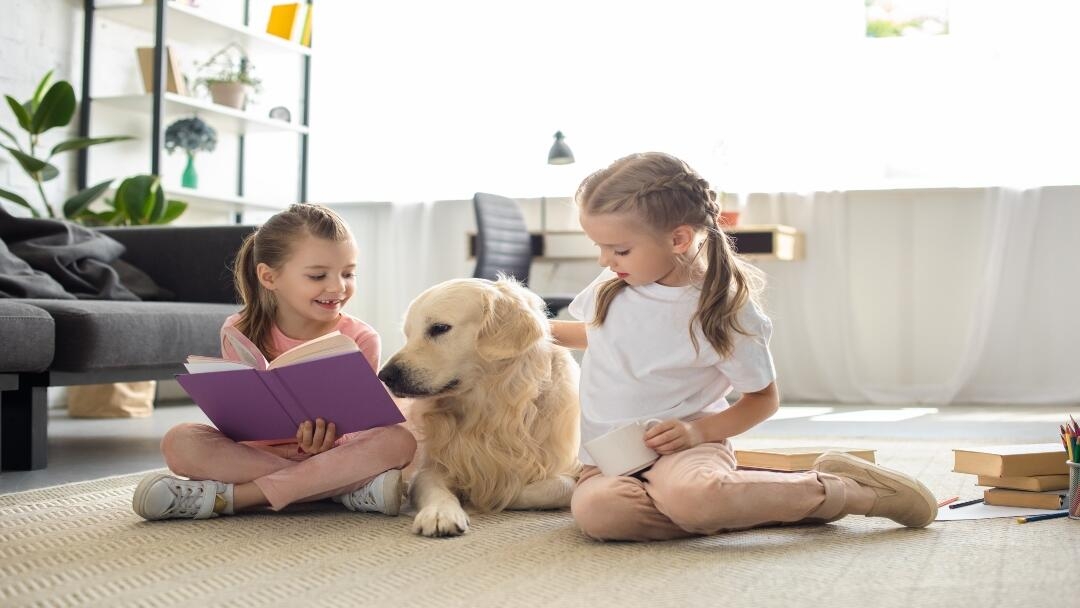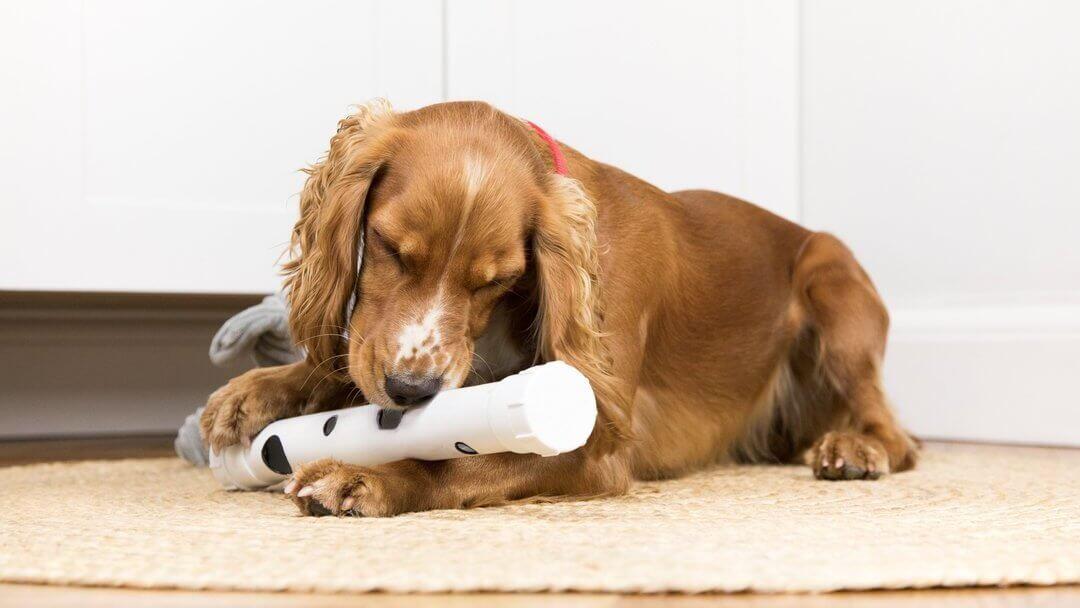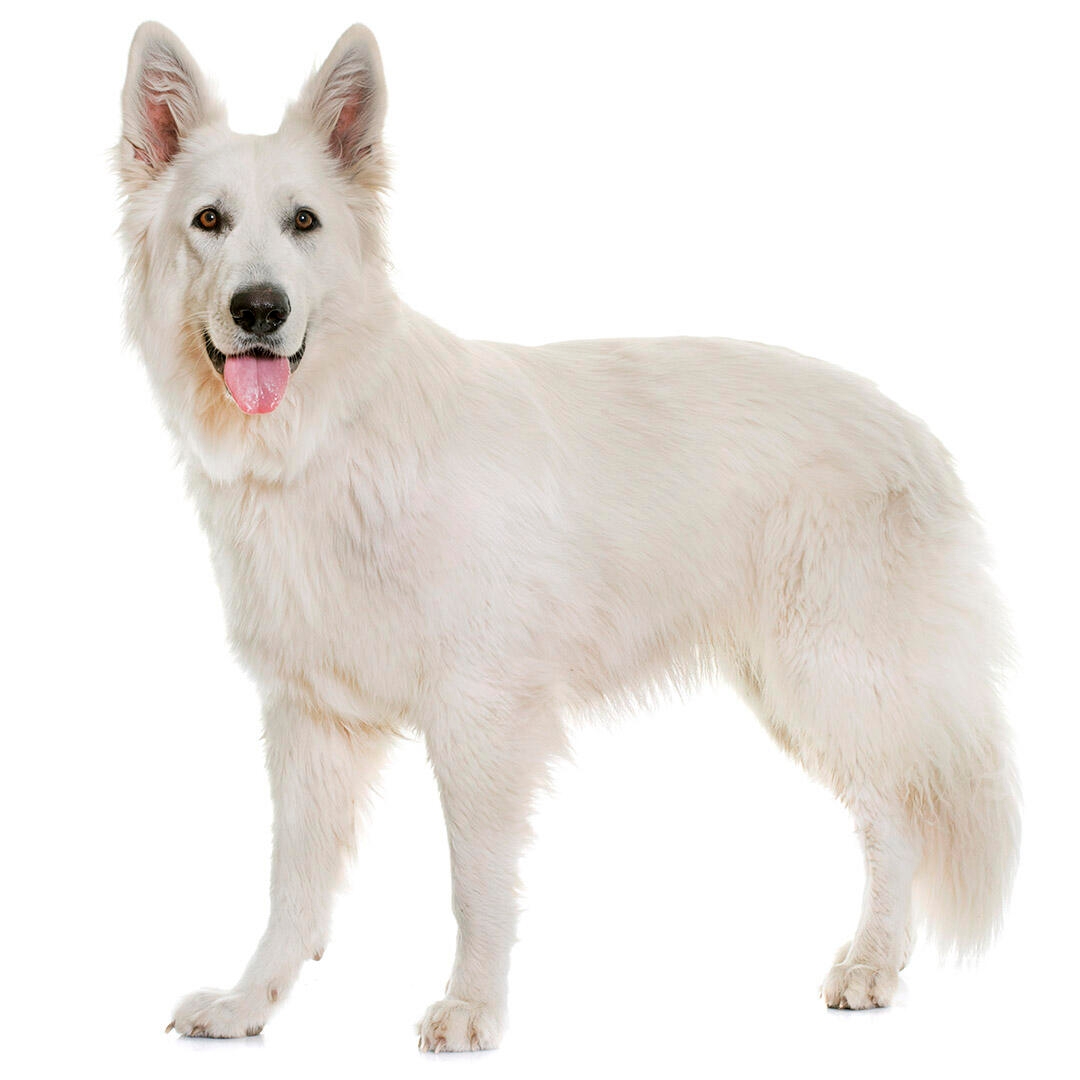
In common with many herding types, the White Swiss likes to be part of a group and keep a group together – historically that group would consist of sheep, but the White Swiss is quite happy if the group is made up of humans – children or adults! They are alert to changes in their environment and will bark and guard if they feel it necessary.
Easily bored, the White Swiss needs to be kept well exercised both mentally and physically, or they will go ‘self-employed’ and their choice of employment may not amuse you!
